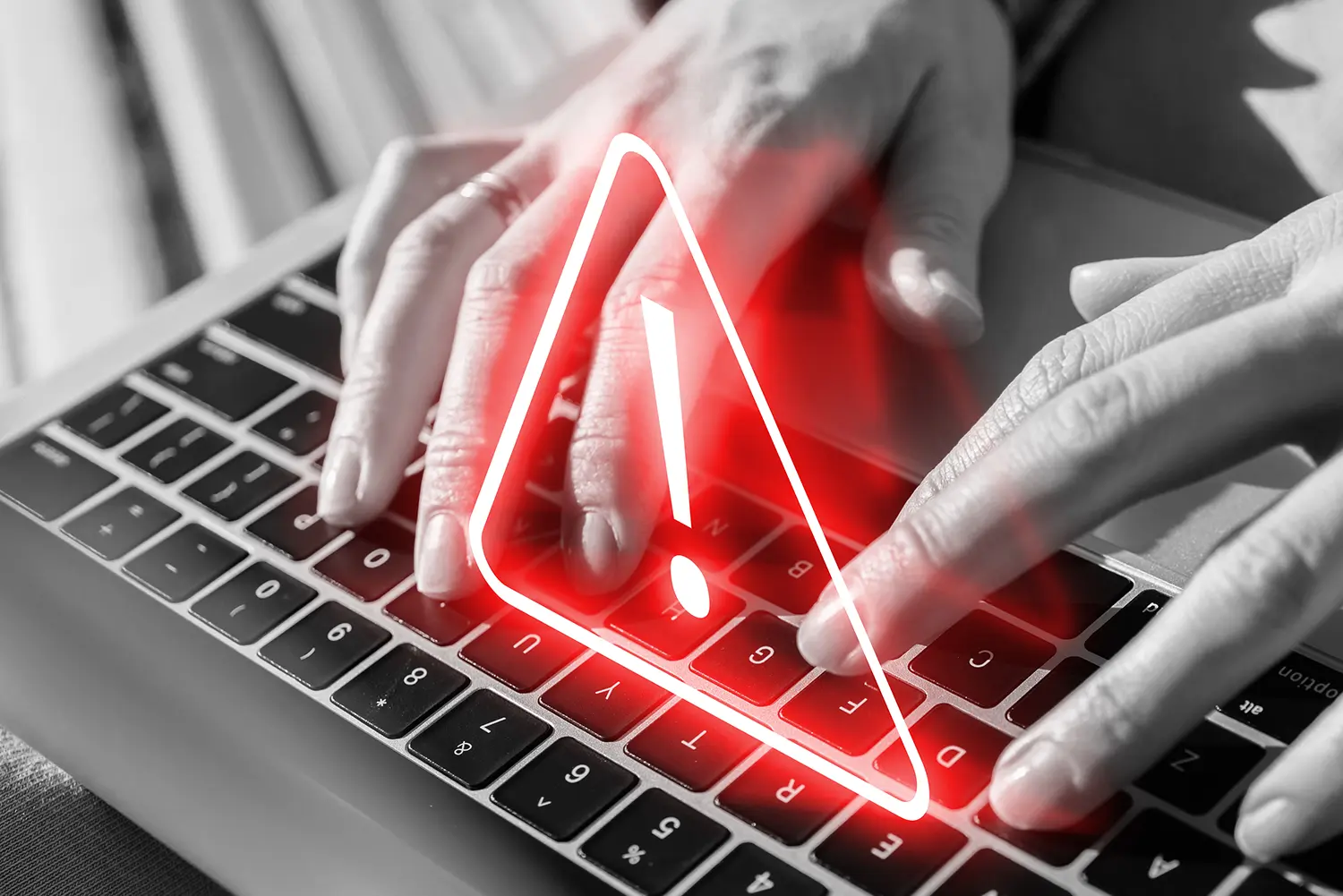What Is an Insider Threat?
An insider threat involves malicious activities against an organization initiated by users with authorized access to its digital or physical assets. These individuals can be current or former employees, third parties like partners or contractors, or even compromised service accounts. While most insider threats are financially motivated, they can also result from espionage, personal grudges, carelessness, or an unintentional breach of security.
Types of Insider Threats
1. Malicious Insider
These individuals intentionally seek to steal information or disrupt operations. This may be for personal gain or to harm the organization.
2. Negligent Insider
This involves employees who fail to follow proper IT procedures, like not logging out or failing to apply security updates.
3. Compromised Insider
Employees whose devices have been infected with malware, often due to phishing scams. Their devices can be used as a launching pad for cybercriminals.
Insider Threat Stats
How common are insider threats? According to Proofpoint, insider threats affect 34% of businesses annually. Among the common insider threats, 43% came from malicious wares, unsatisfied employees accounted for 32%, and accidental errors accounted for 23%. While insider threats can emerge from individuals with malicious intentions, the same Proofpoint report revealed that most come from employees’ negligence.
Preventing Insider Threats
1. Employee Training
Regularly conduct anti-phishing training to educate employees about recognizing and mitigating phishing attempts is one of the most important steps a business can take to prevent insider threats. Encourage reporting of risky behaviors among peers.
2. IT Security and HR Coordination
Collaborate closely between your IT and HR departments to monitor employees, particularly during layoffs or promotions. This cooperation can prevent insider threats from those who may intend to harm the organization.
3. Threat Hunting Team
Establish a proactive and dedicated team to seek out signs of insider threats before they escalate.
4. Technical Controls
Businesses can implement technical controls to monitor and pinpoint potentially suspicious user activities. These controls are widely adopted for their ability to analyze user actions, compare them to historical data, and identify deviations from the norm. Technical controls can assess various aspects like network traffic, file system access, endpoint behavior, and login activities.
It isn’t necessary to recreate the wheel when it comes to insider threat mitigation. The Cybersecurity & Infrastructure Security Agency offers a complete Insider Threat Mitigation Guide as a resource on their website.
Protecting your business from insider threats is essential in today’s digital landscape. By understanding the nature of these threats and implementing a combination of strategies, you can fortify your organization’s defenses and reduce the number of insider threats.










